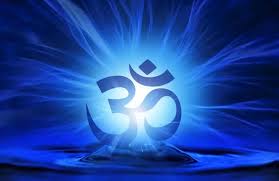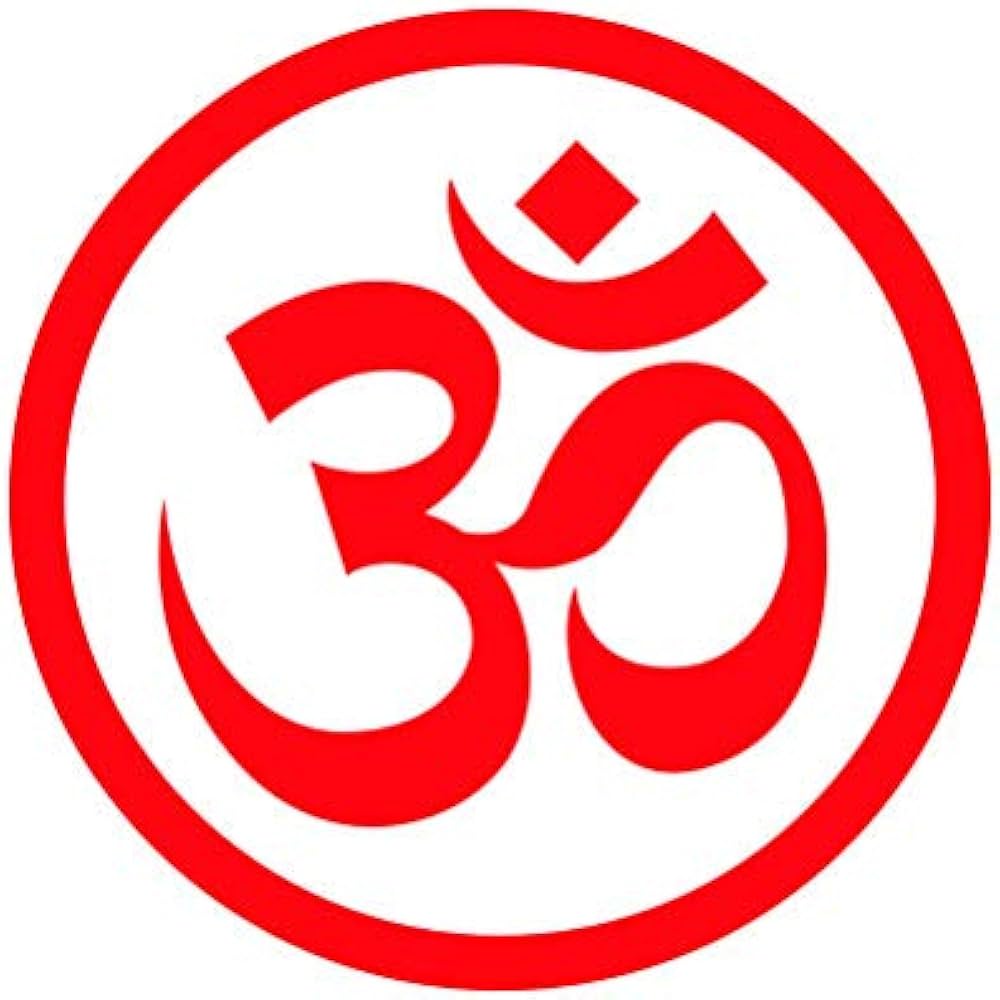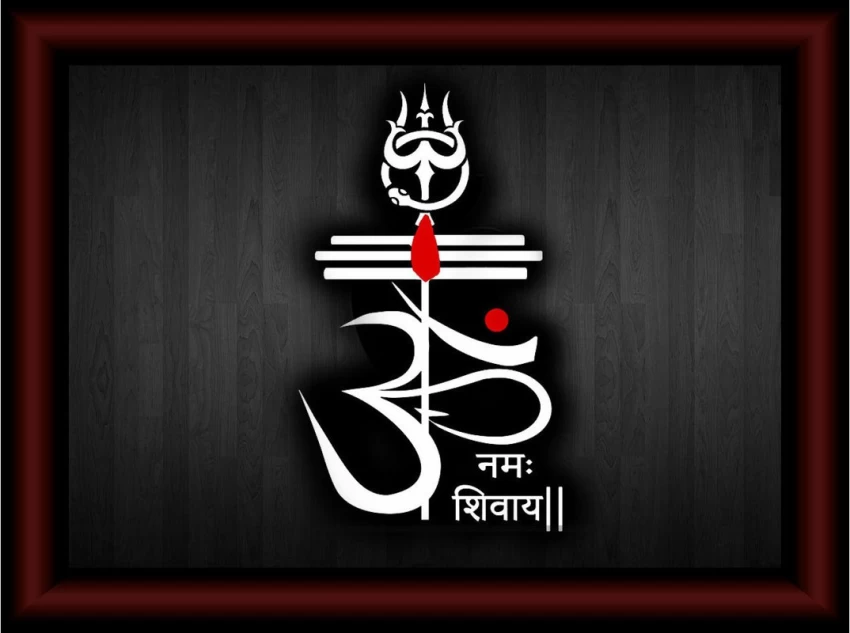Om, the sacred syllable, is deeply rooted in Hinduism, Buddhism, and Jainism. It represents the cosmic vibration that underlies all existence. References to Om are found in the Upanishads, Bhagavad Gita, and Patanjali’s Yoga Sutras, each highlighting its spiritual and philosophical significance. Beyond tradition, modern scientific studies reveal Om’s influence on autonomic variables, respiratory function, and mental alertness.

Om in Ancient Texts
Upanishads: Om as the Ultimate Reality
The Mundaka, Mandukya, Svetasvatara, and Katha Upanishads describe Om as the symbol of Brahman, the ultimate reality. According to the Mandukya Upanishad, Om represents past, present, and future—encompassing all of existence. The Mundaka Upanishad compares Om to a bow, with the soul as the arrow and Brahman as the target, illustrating the path to self-realization.
The Svetasvatara Upanishad describes Om as latent energy, much like fire hidden in wood. Through meditation and constant awareness, one can ignite this divine spark and attain enlightenment.
Bhagavad Gita: Om as Supreme Consciousness
In the Bhagavad Gita, Lord Krishna emphasizes Om as the essence of spiritual discipline. He instructs Arjuna that one who chants Om with deep focus attains the supreme goal—union with the divine. This underscores Om’s role as a powerful tool for meditation and self-discovery.

Patanjali’s Yoga Sutras: Om as a Path to Ishwara
Patanjali’s Yoga Sutras (PYS) identify Om as Pranava, the sound representing Ishwara (God). Sutra 1.27 states, “Tasya vachakah pranavah,” meaning that Om is the word denoting Ishwara. Although only briefly mentioned, Sutras 1.24-26 define Ishwara as untouched by suffering and the ultimate source of knowledge. The practice of chanting Om with deep contemplation (Sutra 1.28) is said to lead to liberation.
Scientific Insights: Om and Autonomic Variables
Om’s Effect on the Nervous System
Scientific research supports the transformative effects of Om chanting. Studies on autonomic and respiratory variables in experienced Om meditators reveal significant physiological changes:
- Reduced heart rate during Om chanting, indicating deep relaxation.
- Increased cutaneous vascular resistance, suggesting heightened mental alertness.
- Greater impact than general meditation, as Om repetition uniquely alters skin resistance, indicating a shift in mental state.
These findings highlight Om’s ability to balance alertness with relaxation—a rare combination of physiological rest and mental clarity.

Symbolism and Practical Use
Om in Meditation and Yoga
Om is an integral part of yoga and meditation practices. It is chanted at the beginning and end of Hindu prayers, Buddhist rituals, and Jain spiritual practices. Chanting Om aligns the mind and body, enhancing focus and inner peace.
Written and Visual Representation
The Om symbol is widely used in manuscripts, inscriptions, and sacred texts. It serves as a marker of divine presence and is often placed at the beginning of spiritual writings.
Conclusion: The Timeless Relevance of Om
Om is more than just a sound—it is a bridge between ancient wisdom and modern science. As described in the Upanishads, Bhagavad Gita, and Yoga Sutras, Om represents the universal consciousness and the path to self-realization. Scientific research affirms its powerful effects on the autonomic nervous system, making it an invaluable practice for mental and physical well-being.
By incorporating Om chanting into daily meditation, individuals can experience enhanced focus, inner peace, and physiological harmony. The wisdom of the past, now validated by science, continues to guide seekers toward ultimate truth and self-awareness.
